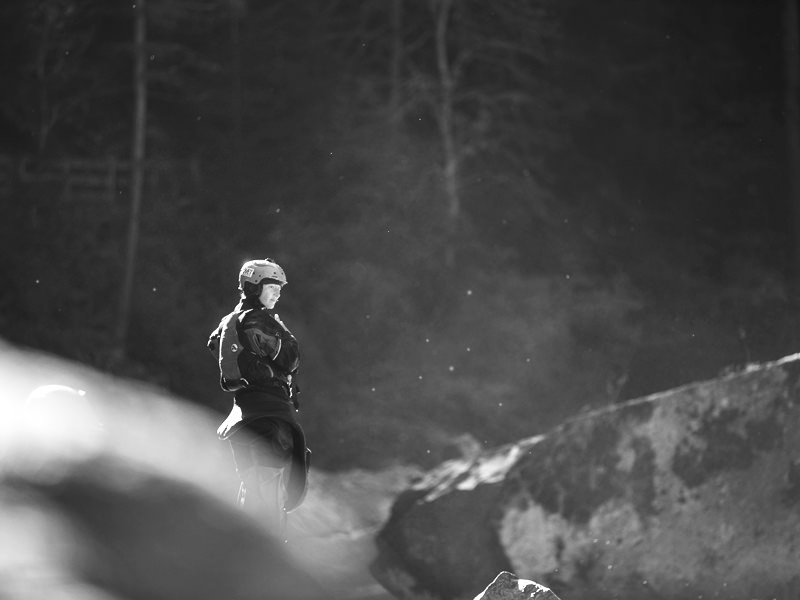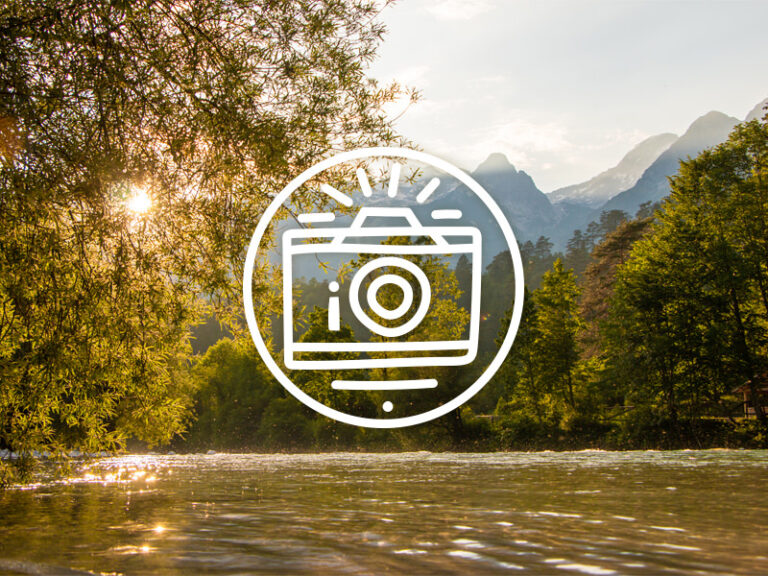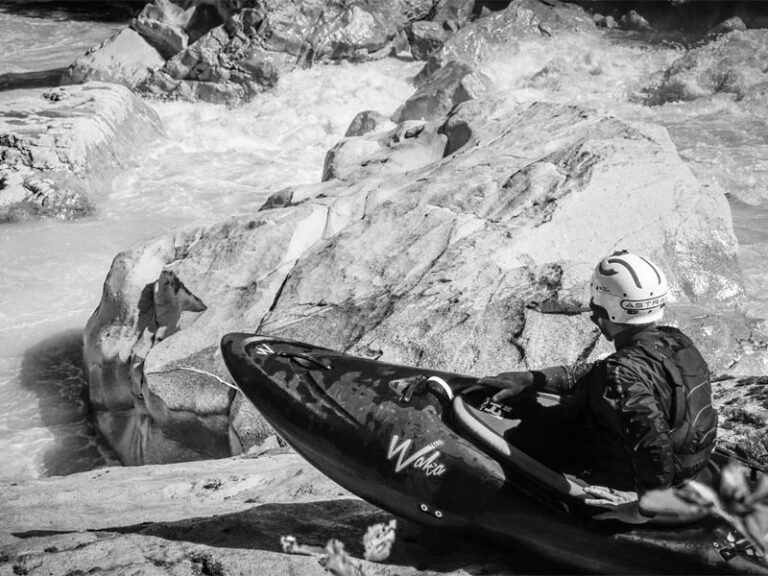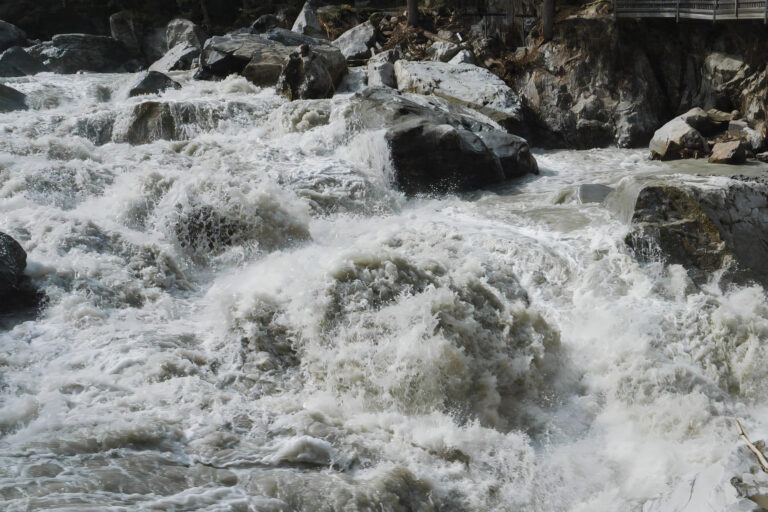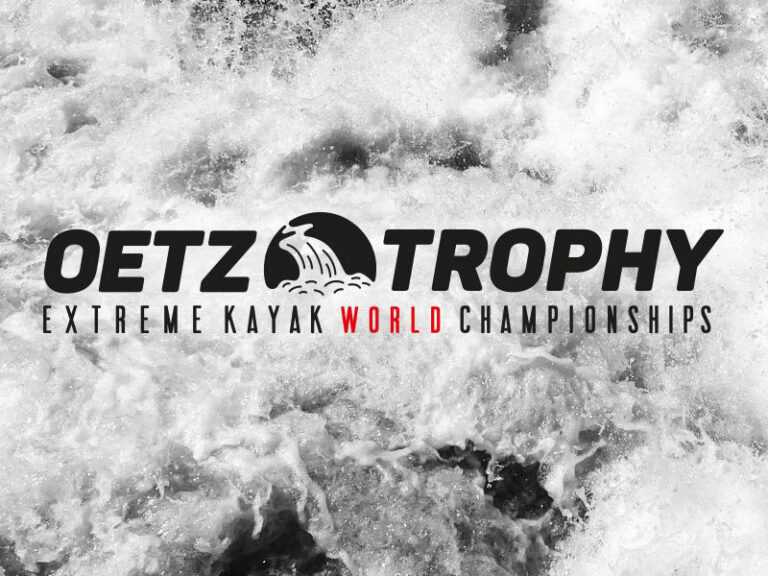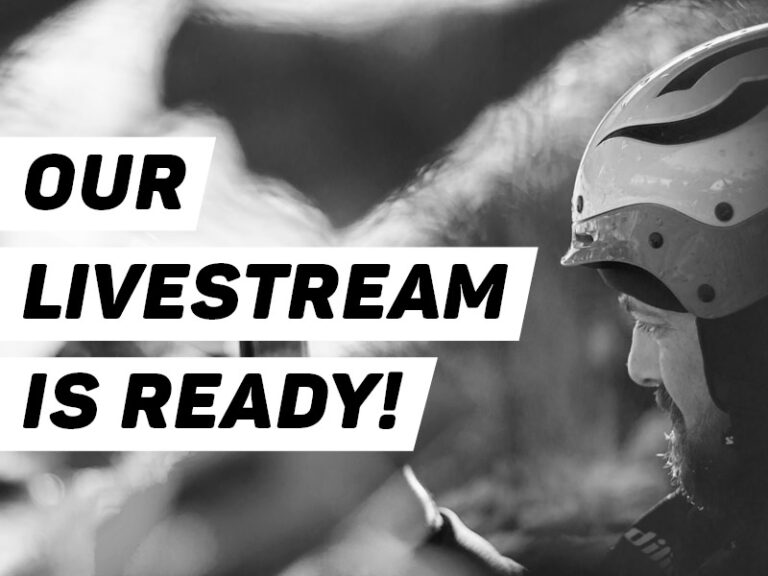Rules of the OETZ TROPHY 2021
This blog post is to clarify the rules for the smooth running of the competition and avoid any misinterpretations.
Safety
Every athlete must be an expert paddler that feels comfortable competing on the Wellerbrücke section of the Ötzaler Ache. Before each race, qualification and final, athletes will need to be present at the briefing. Whitewater rescue personnel will oversee the safety along the racecourse during the races and mandatory training. When training prior to the competition each athlete practices the racecourse at their own risk.
During the finals each paddler must wait in the eddy at the bottom of the racecourse after their run until the next paddler is there to replace them.
Throughout the competitions on Friday and Saturday it is forbidden to put-in on the upper section of the Wellerbrücke!
Gear
Each paddler must wear a whitewater helmet (EN 1385) and a whitewater PFD with safety harness (ISO 12402-5), this will be controlled by the race officer.
Due to the low water temperature and the cold local weather in autumn, throughout the competition athletes must wear sufficient cold-water gear: either long neoprene trousers/long john wetsuit/dry pants and a dry cag, or a dry suit.
Kayaks
As an official Extreme Kayak World Championship event, as nominated by the members of the “Whitewater Professional Association”, AWP rules apply. Hence the kayaks must fulfill the following requirements:
- Series-production PE whitewater kayaks
- maximum length of 275 cm (9 feet)
- airbags in the back of the kayak
- minimum weight of 18kg (complete of airbags)
- large cockpit that the paddler can escape from easily
- high volume ends that encourage the boat to resurface quickly
- similar volume in both the front and rear of the boat
- the boat tail should have enough volume to avoid the paddler to sink it on flat-water. “Waka Puffy Steeze” is therefore allowed, “Waka Steeze” without pod is not allowed.
- fitted with a full plate footrest or similar (Yakima type touring footrests are not permitted; solid foam foot plates are allowed)
- minimum of two attachment points in the front (in front of the paddler) and a minimum of two attachment points at the rear (behind the paddler), or alternatively one attachment point in the front and three attachment points in the back, that are strong enough to rescue a pinned kayak (at least 500 kg)
- no constructional changes that could impact the safety standards. Handles, full plate footrests and pillars must not be removed!
- no constructional damage, in particularly cracks in the shell of the boat
- The use of serial interior equipment is allowed (eg. the one provided by GuiGui) as long as the seat is not made of a composite material such as carbon, GRP or Kevlar.
The race director and assistants will check all equipment before the competition and mark them with a safety check sticker.
Disqualification criteria
In addition to what is stated in the terms of participation, the race management reserve the right to disqualify participants from the competition at any time for, but not limited to the following reasons:
- Participants who do not attend the safety briefing
- Participants who are obviously unable to safely paddle the race section
- Participants with equipment that does not comply with the rules (kayak, PFD, helmet, clothing)
- Participants who navigate a closed section of the race
- Participants who do not visibly display the completed safety check sticker affixed by the race director on the equipment used
Participants who are disqualified by the race management will not be refunded the registration fee.

